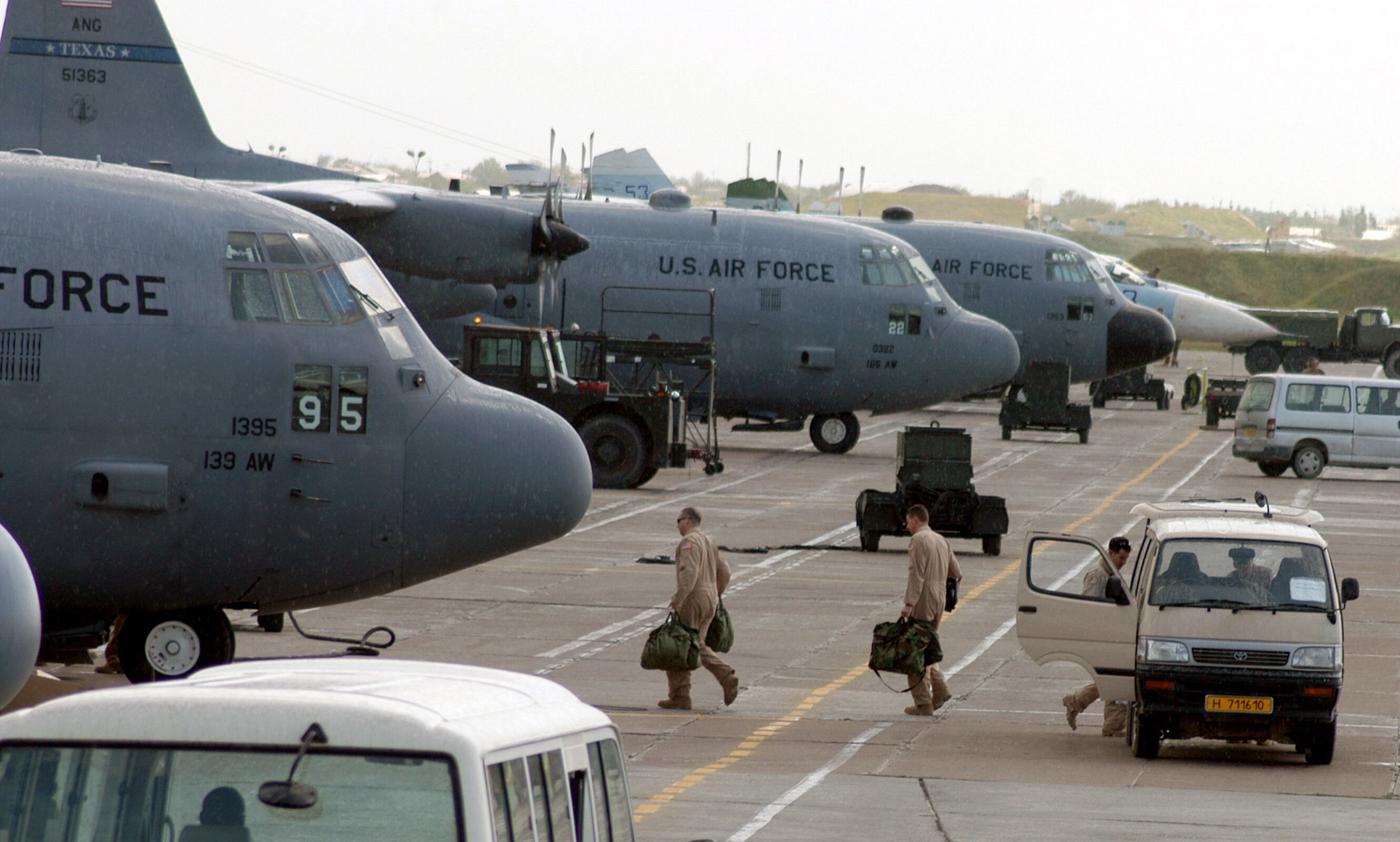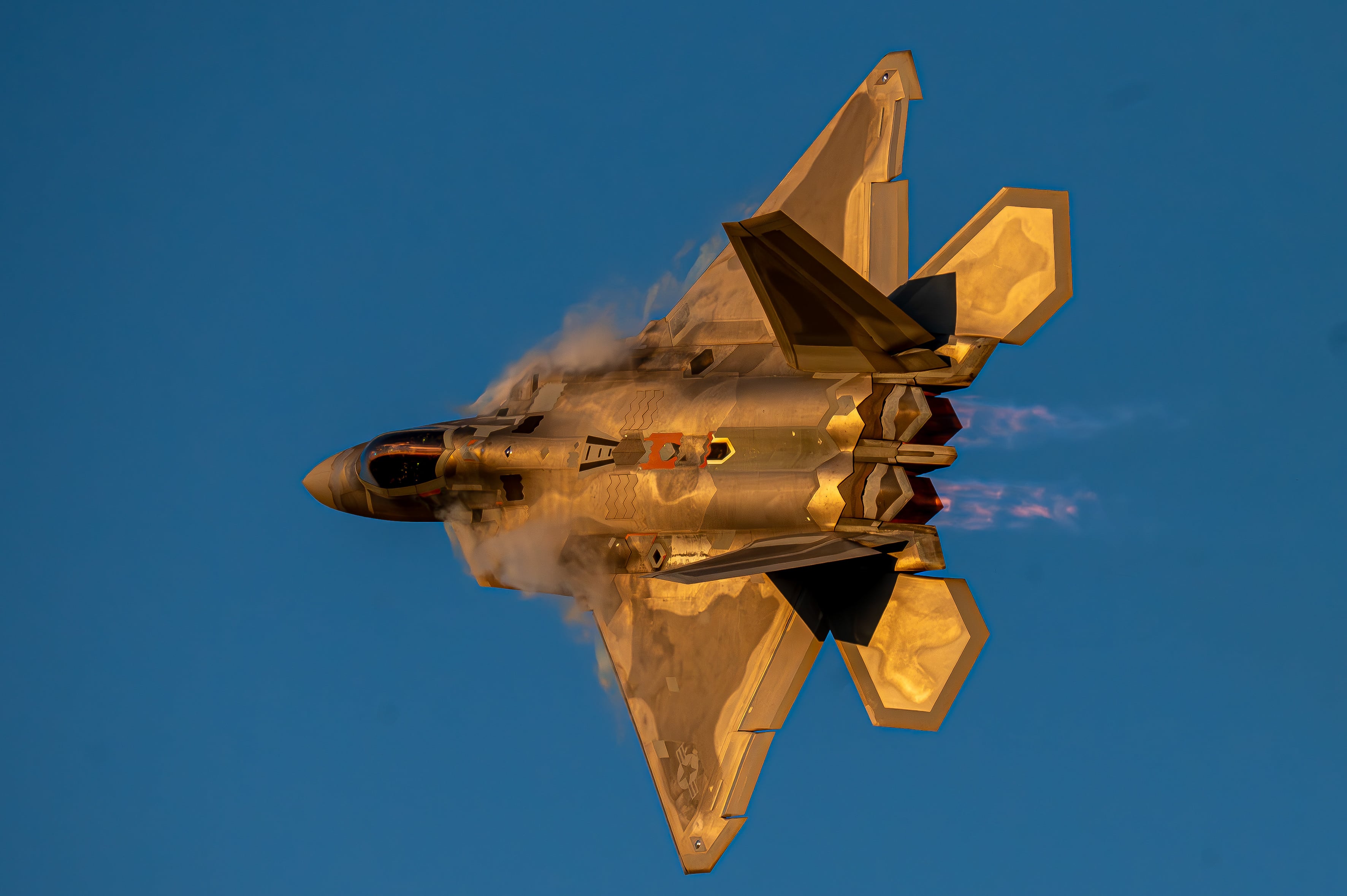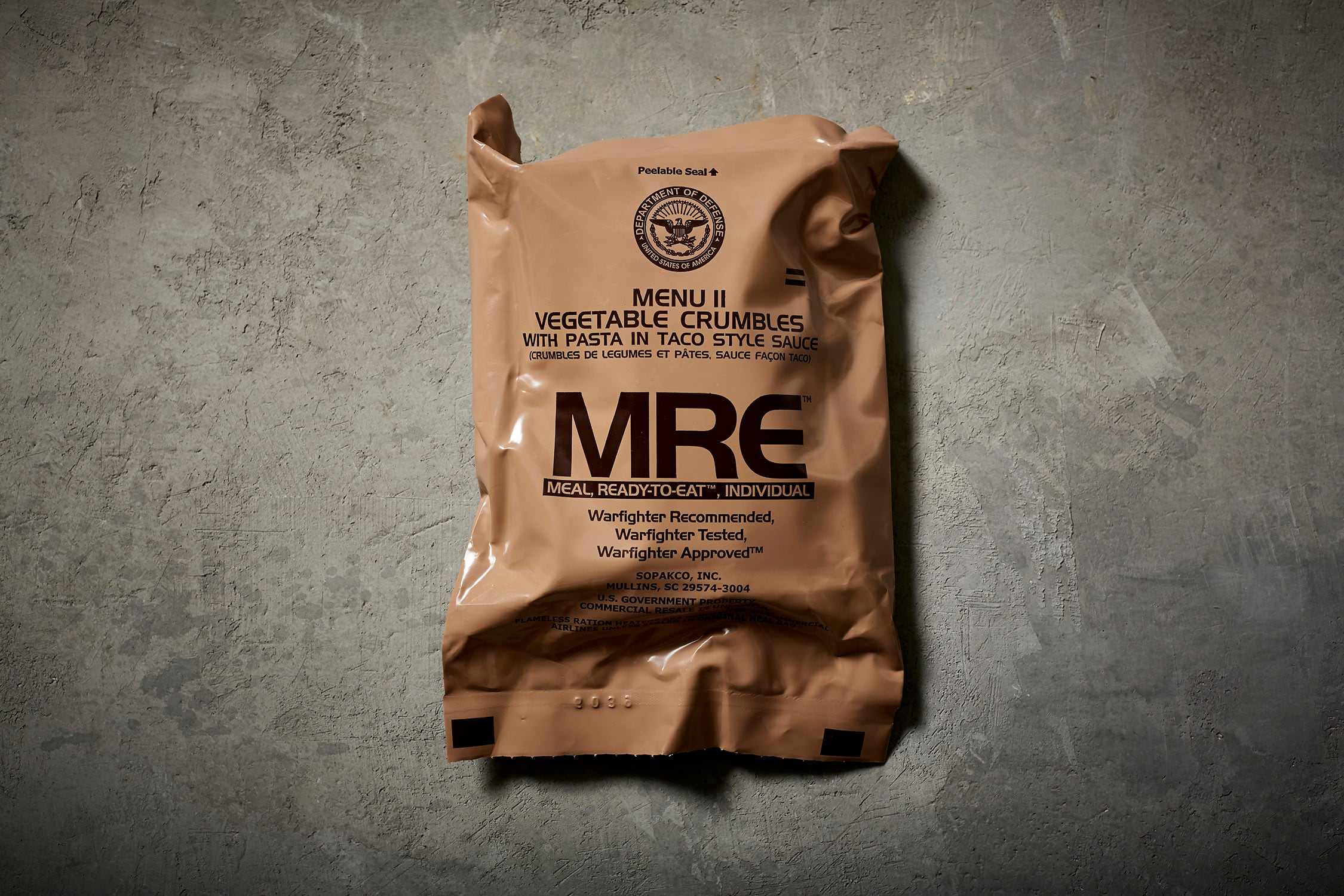A robotics manufacturer that continues to expand its arsenal of artificial intelligence attempted to ease public concerns over weaponized robots in an open letter last week that asserts its products should never be used for hostile purposes.
Boston Dynamics, which, in addition to its series of quadrupedal robots, has created the humanoid Atlas, a 6-foot-2, 330-pound parkour-capable robot, claimed that its rapidly evolving robots should be reserved for assisting in search and rescue missions and manufacturing — areas in which robots can ease the burden on its human counterparts.
Whether anyone will adhere to the contents of letter, which was co-signed by five other robotics companies, is another story.
In July, a video was released depicting a weapon-firing quadrupedal made by Unitree, one of the companies that signed the letter, that was reportedly kitted out by Russian hoverbike manufacturer Alexander Atamanov.
“When possible, we will carefully review our customers’ intended applications to avoid potential weaponization,” Boston Dynamics officials wrote of its intent to vet customers. “We also pledge to explore the development of technological features that could mitigate or reduce these risks.”
“When possible,” in this case, being the key — and skepticism-inducing — phrase.
Other robotics companies have flaunted an eagerness to weaponize quadrupedal robots. At last year’s Association of the United States Army conference, for example, Ghost Robotics unveiled a dog-style robot that carried a small-arms weapon on its back. That particular robot-carried rifle, made by Sword International, touts an effective range of 1,200 meters and is equipped with a thermal camera and 30x optical zoom.
Furthermore, use of weaponized ground-based robotics is well-established beyond showroom concepts. In November 2020, Iran’s top nuclear scientist Mohsen Fakhrizadeh was assassinated near the city of Absard when a 7.62-mm machine gun opened fire from a parked vehicle as the scientist approached.
It was later revealed in a New York Times report that members of Israel’s foreign intelligence agency, the Mossad, had positioned the vehicle along a route Fakhrizadeh was expected to travel. The weapon, capable of firing 600 rounds per minute, was discovered to be controlled by an operator monitoring the situation from more than a thousand miles away.
“We understand that our commitment alone is not enough to fully address these risks, and therefore we call on policymakers to work with us to promote safe use of these robots and to prohibit their misuse,” the Boston Dynamics letter concluded.
“We are convinced that the benefits for humanity of these technologies strongly outweigh the risk of misuse, and we are excited about a bright future in which humans and robots work side by side to tackle some of the world’s challenges.”
This sort of declaration, of course, is precisely what an entity preparing to equip robots with weapons would say — or at least myriad skeptics might think so.
J.D. Simkins is the executive editor of Military Times and Defense News, and a Marine Corps veteran of the Iraq War.
Tags:
boston dynamicsrobotics companies weaponsboston dynamics weaponsweaponizing robotsweaponized AIartificial intelligenceIn Other News















